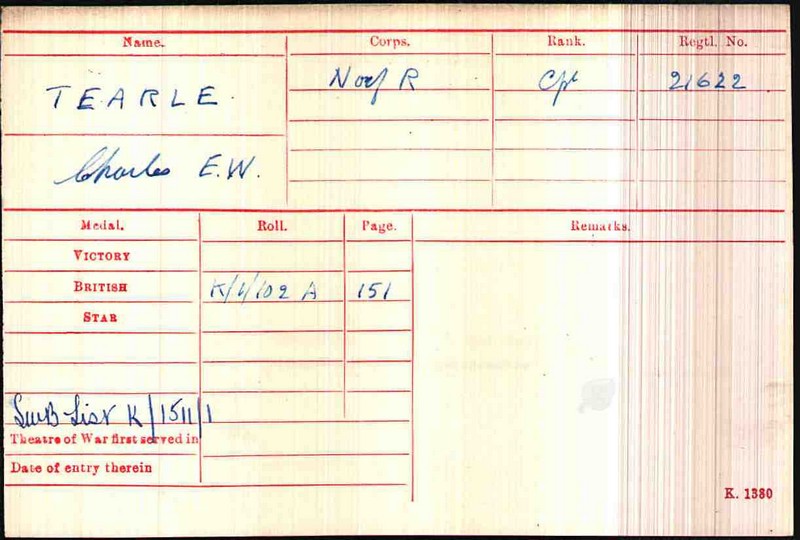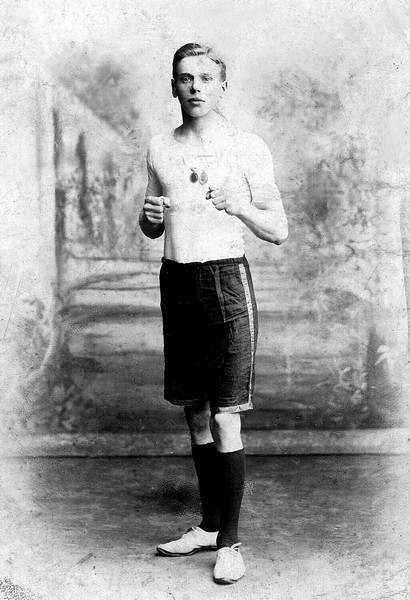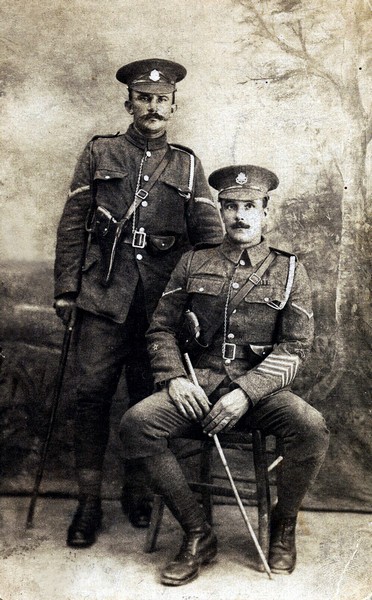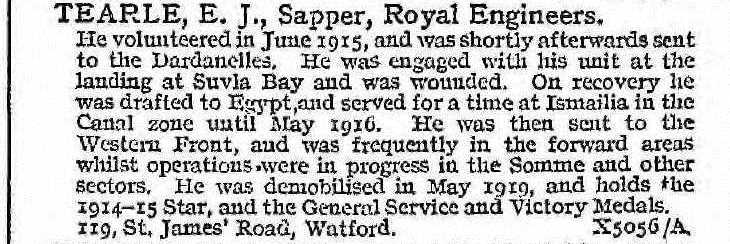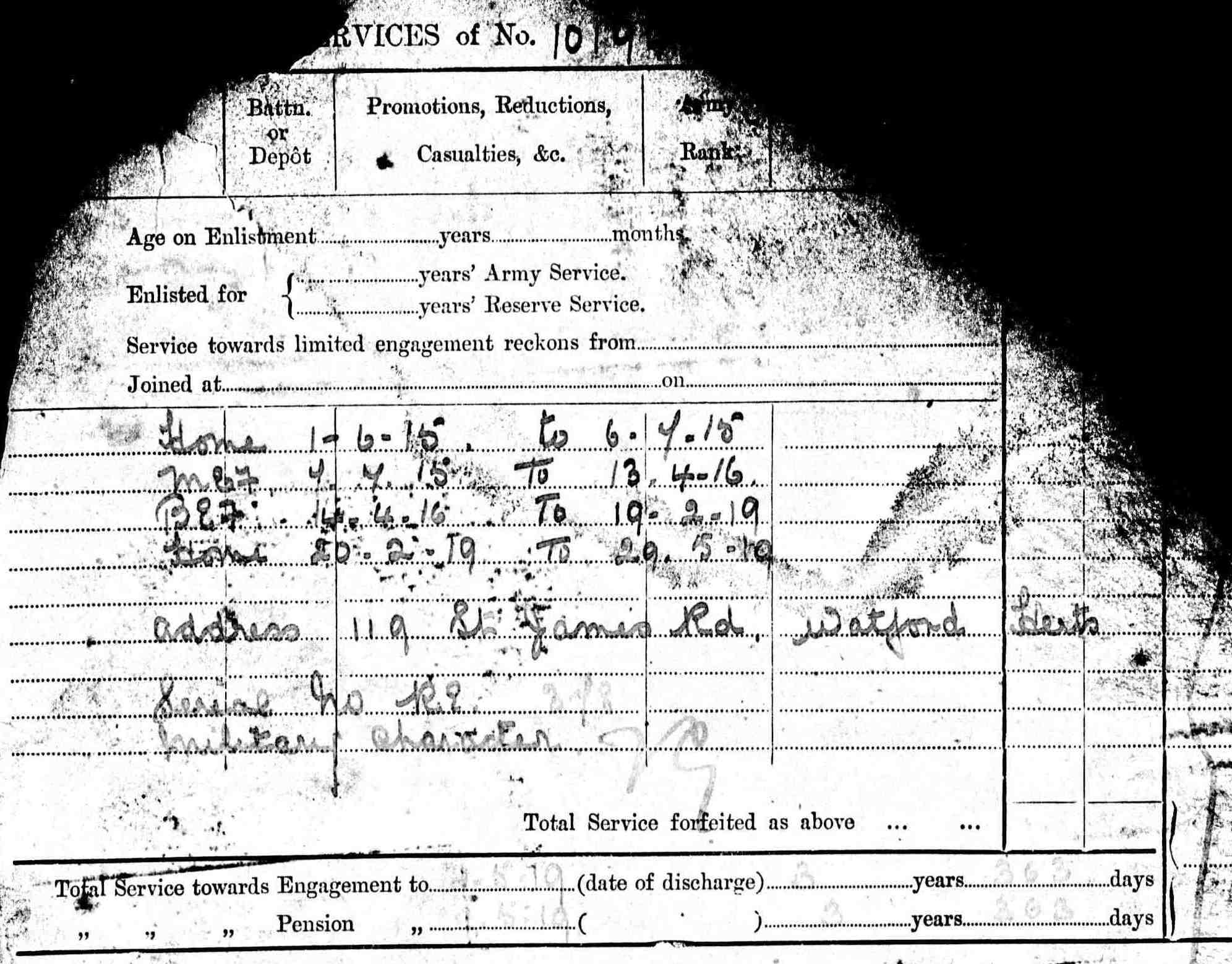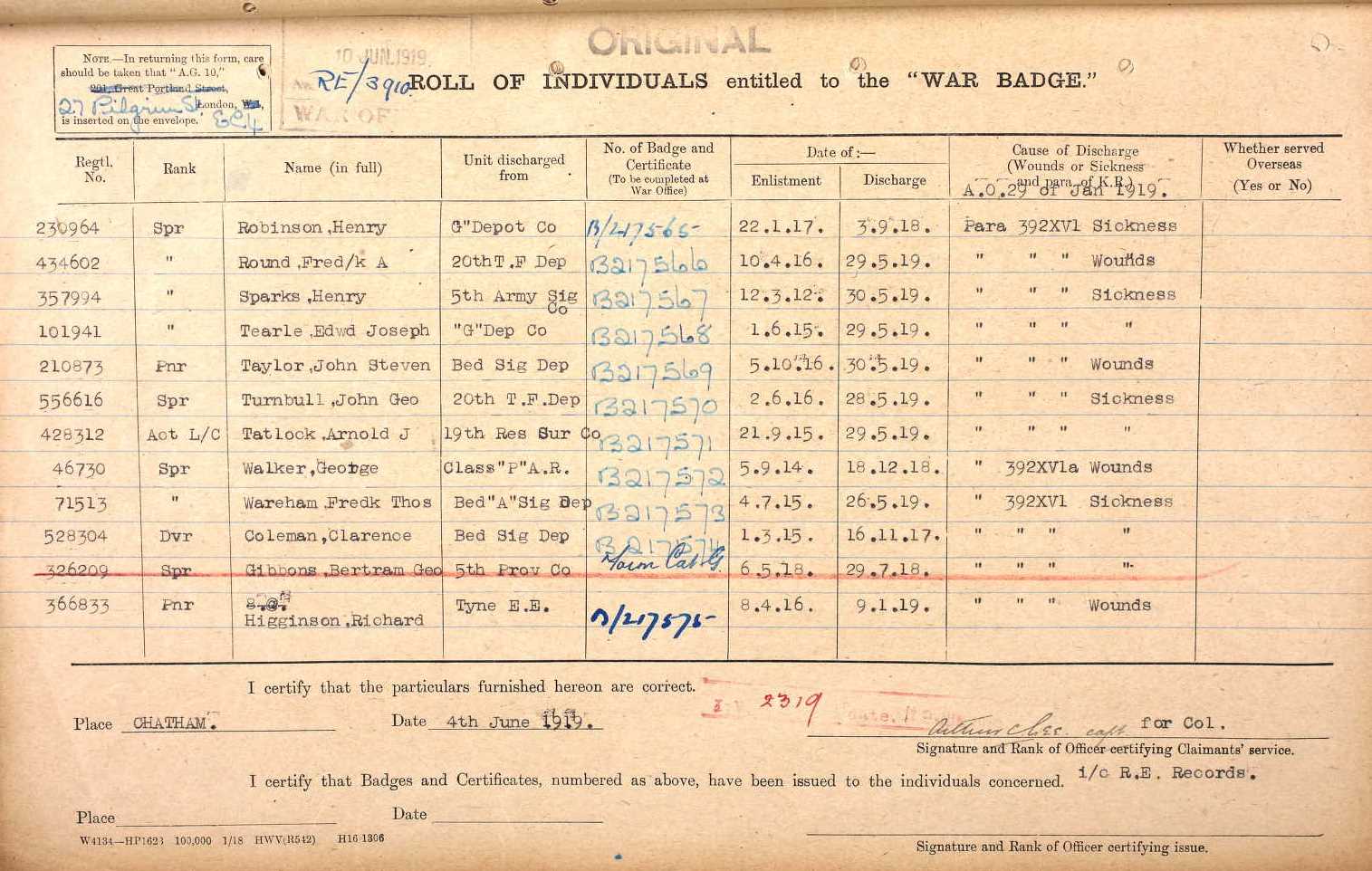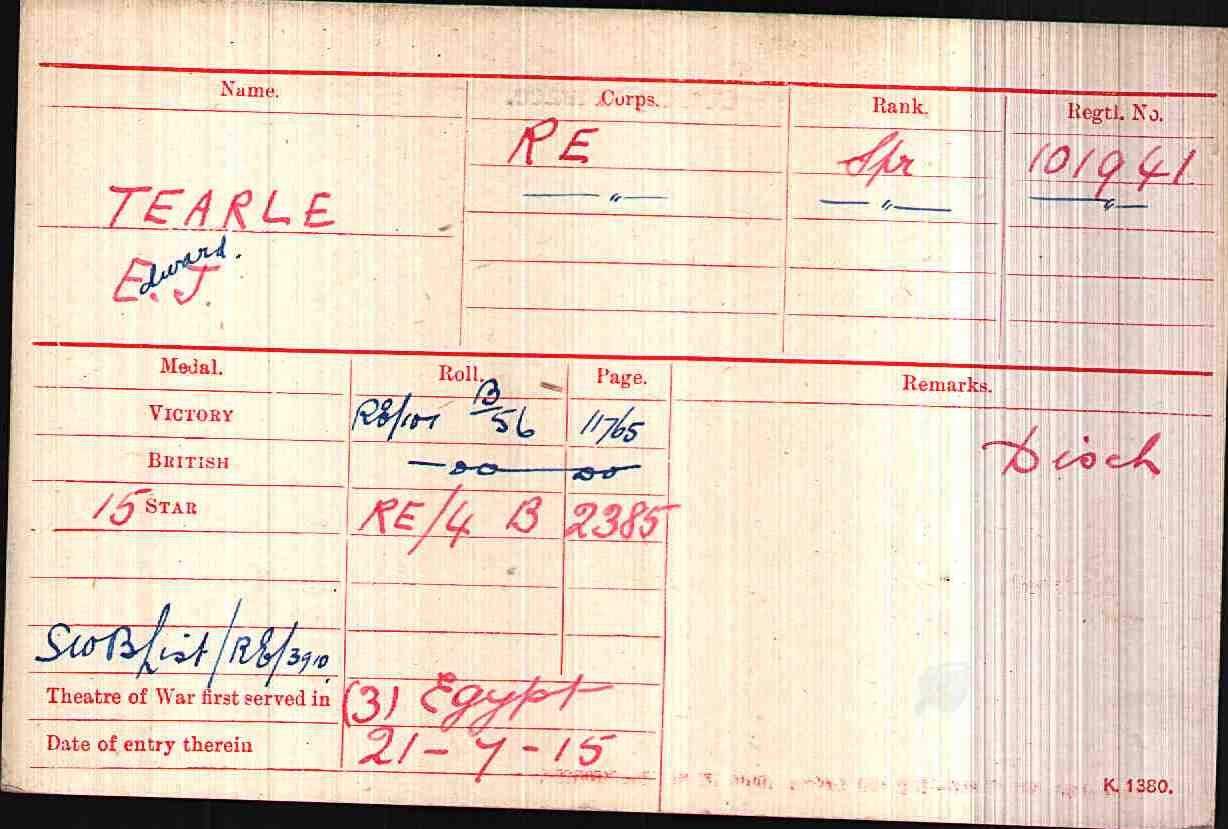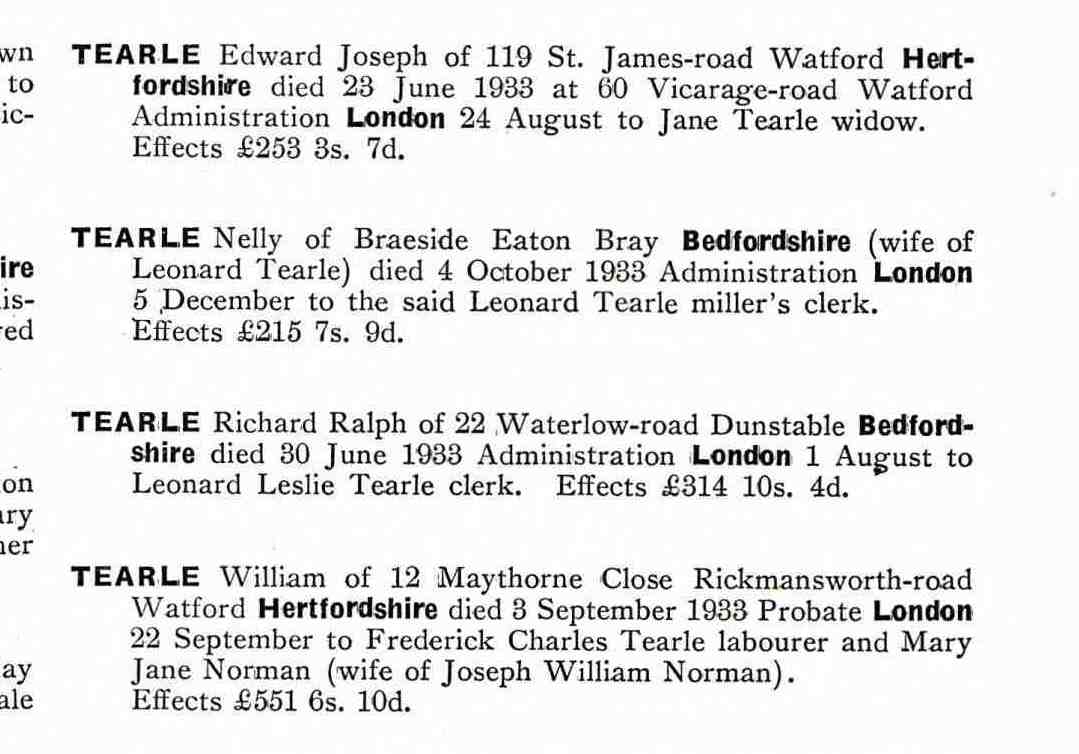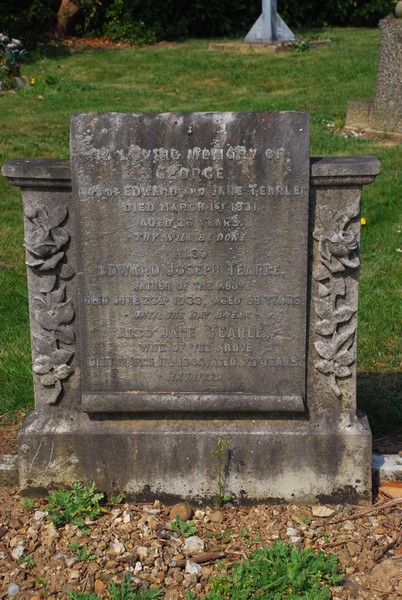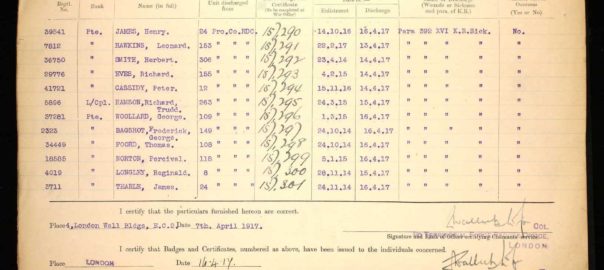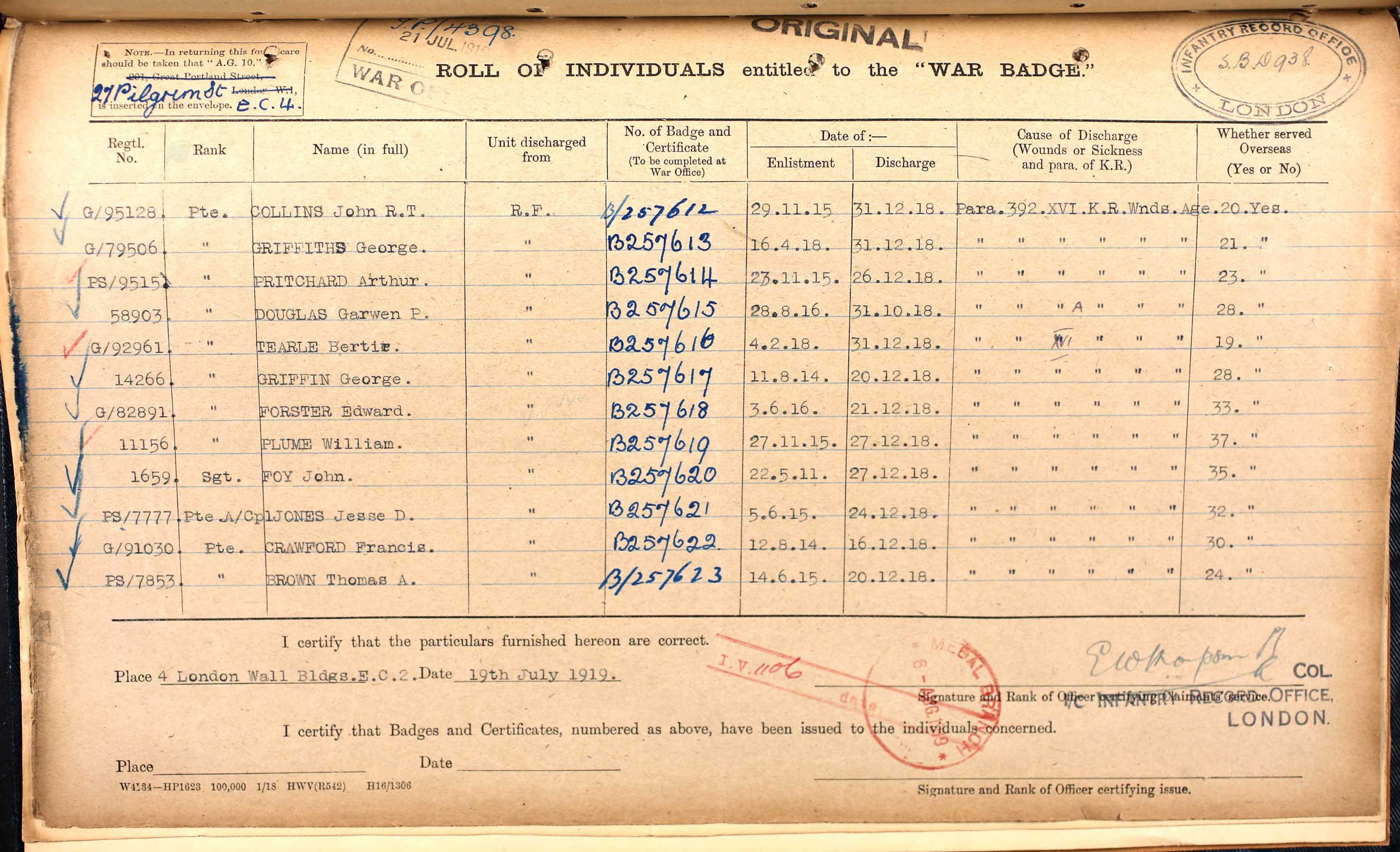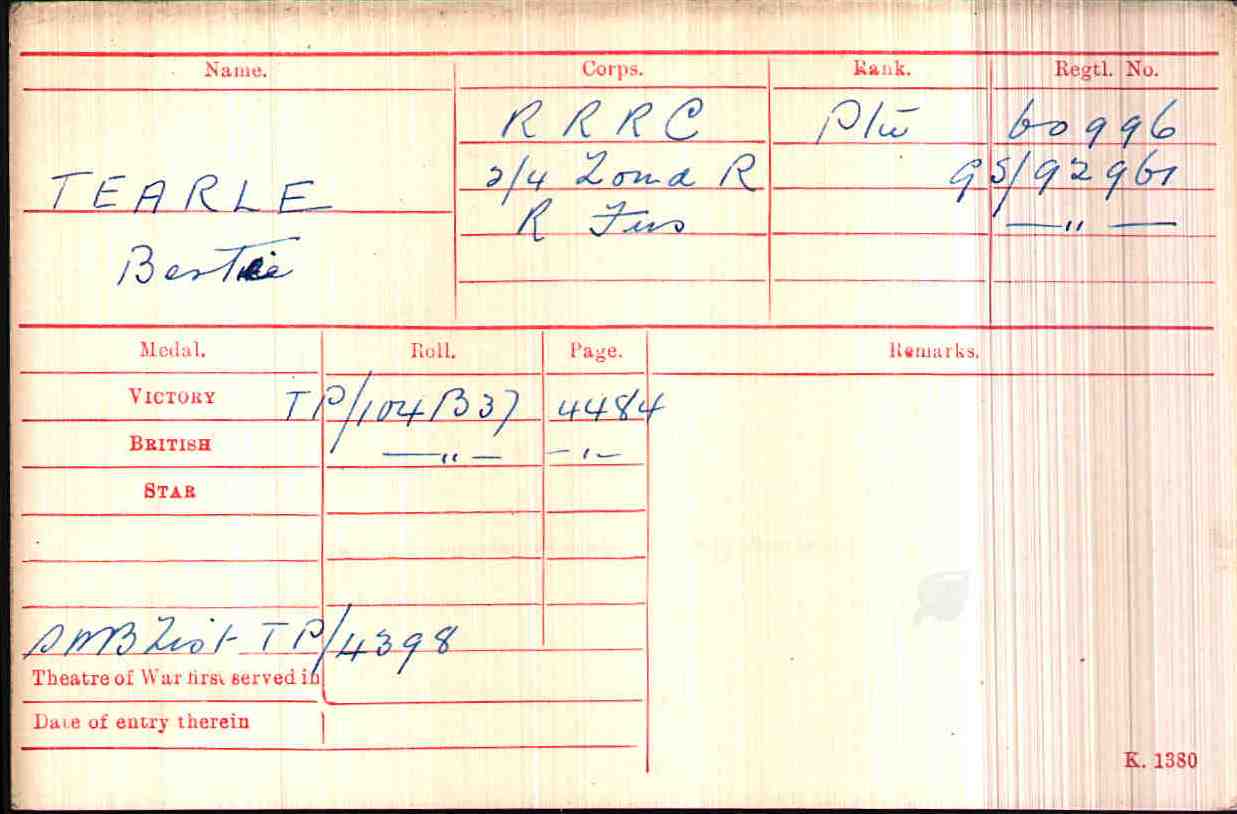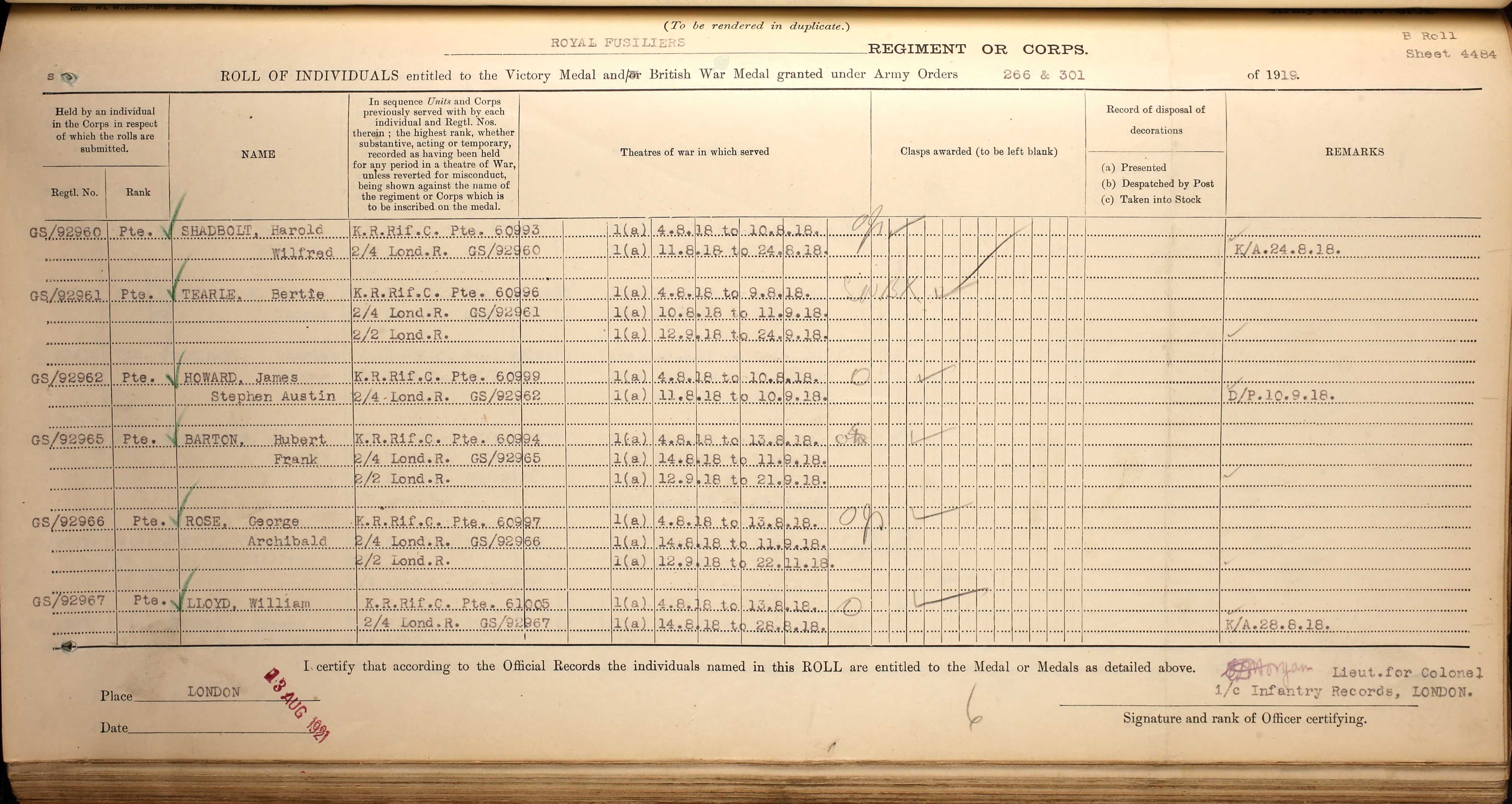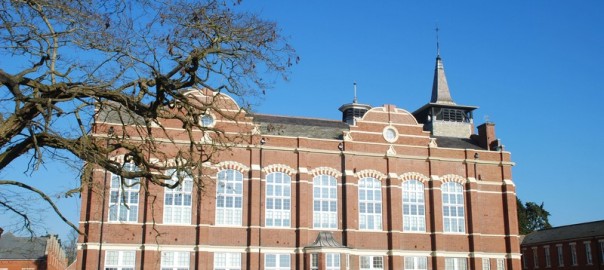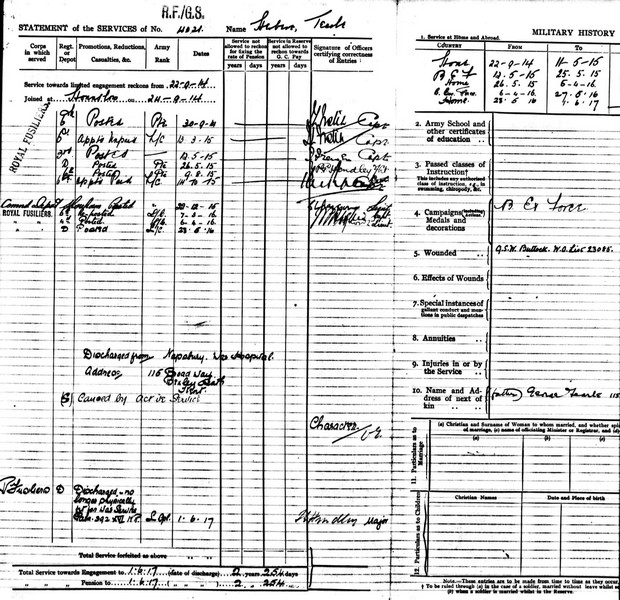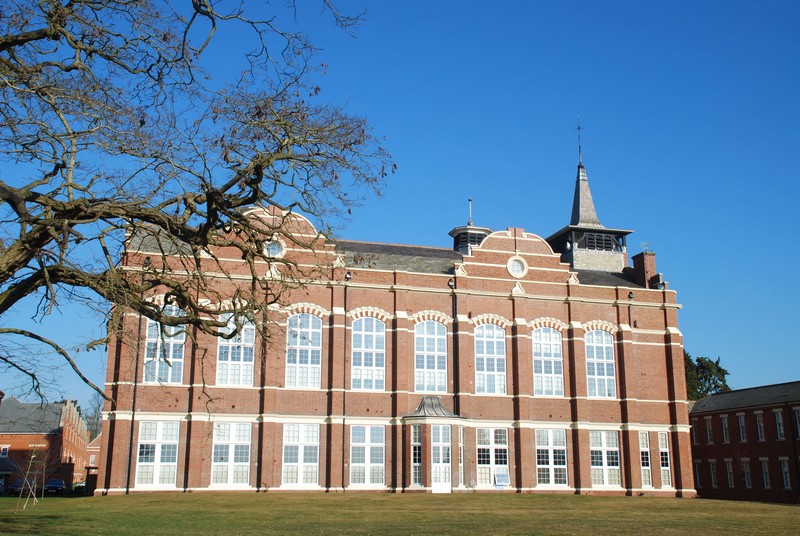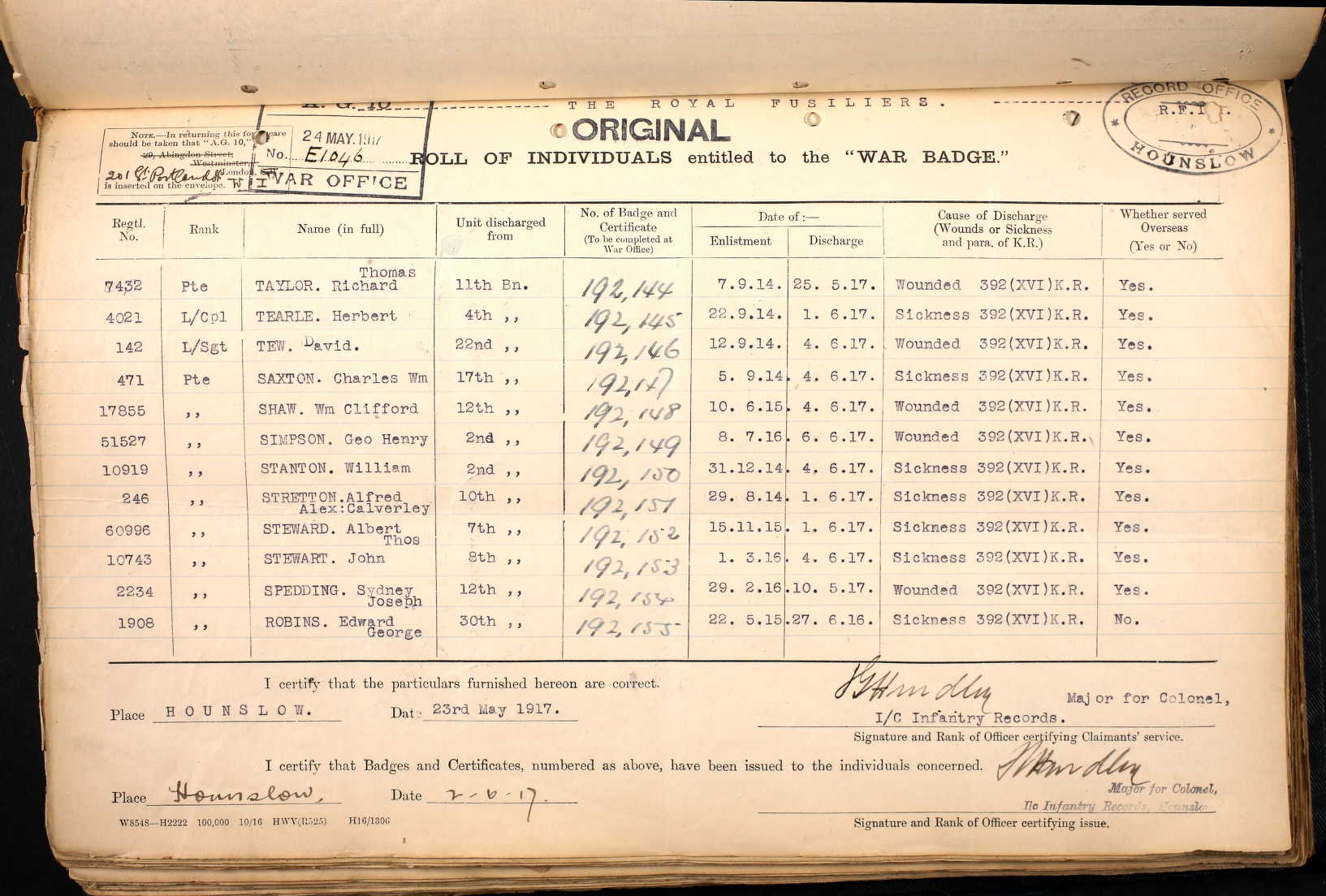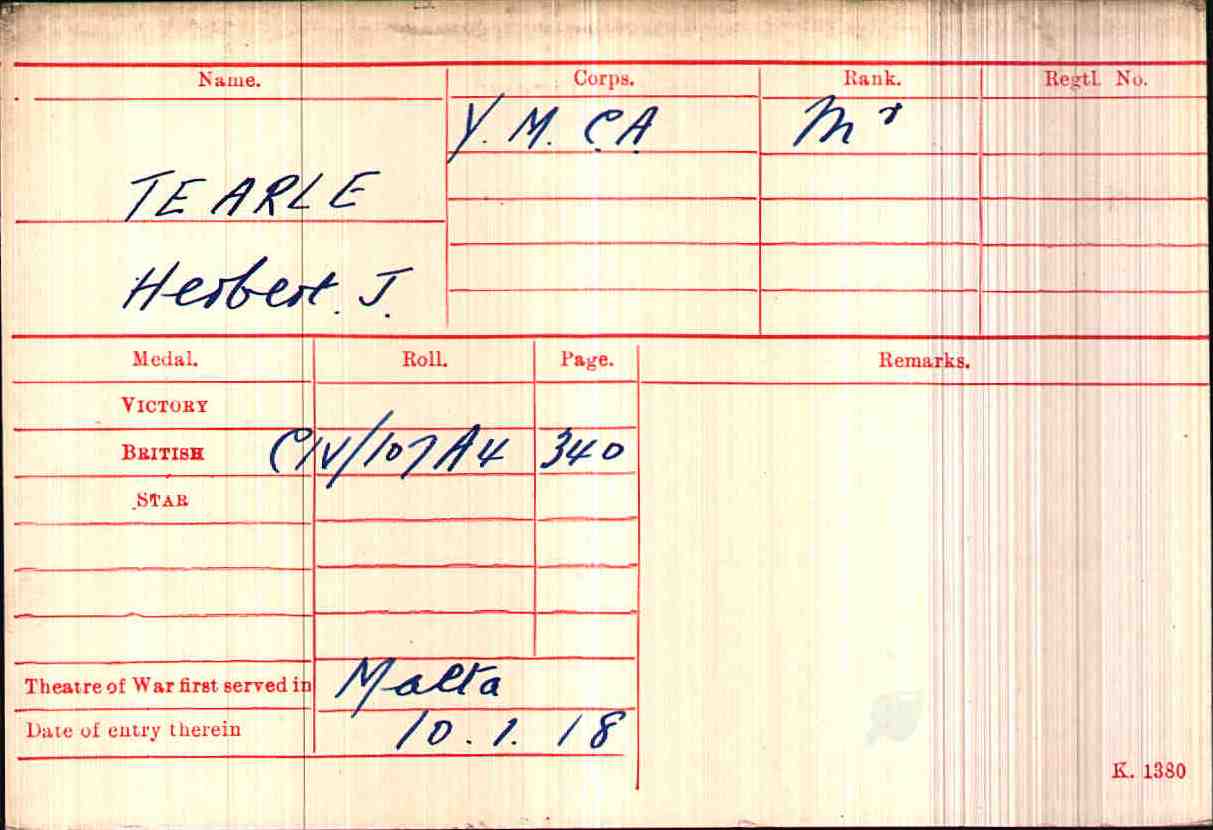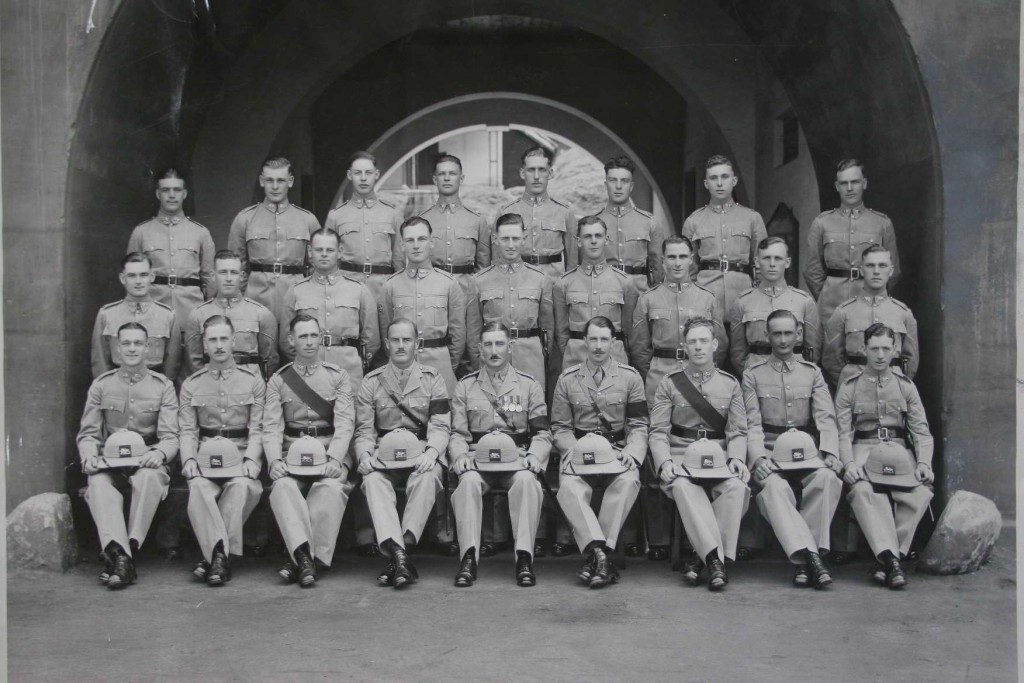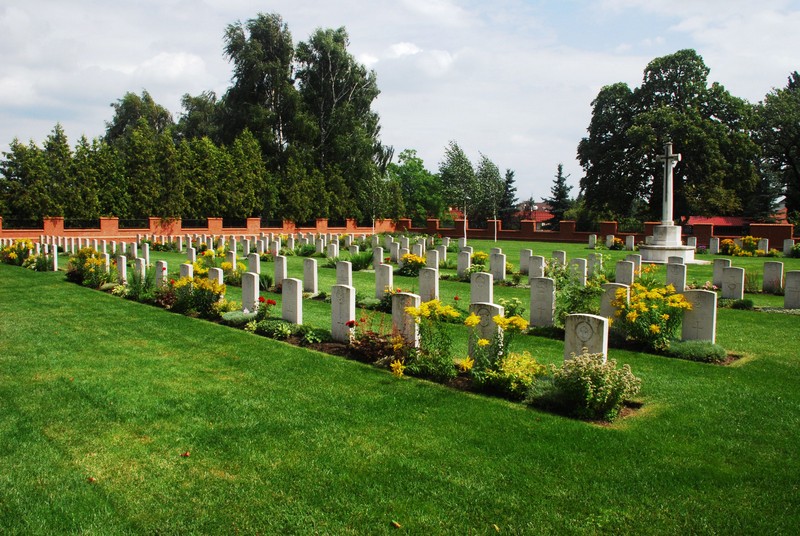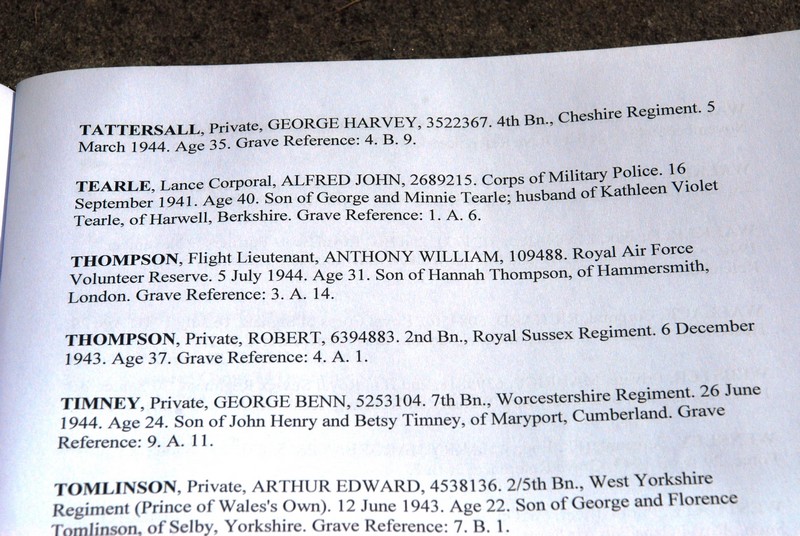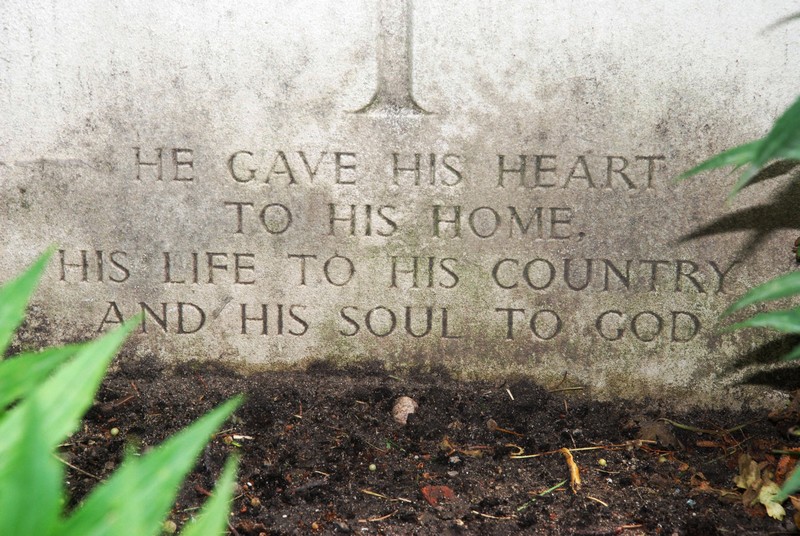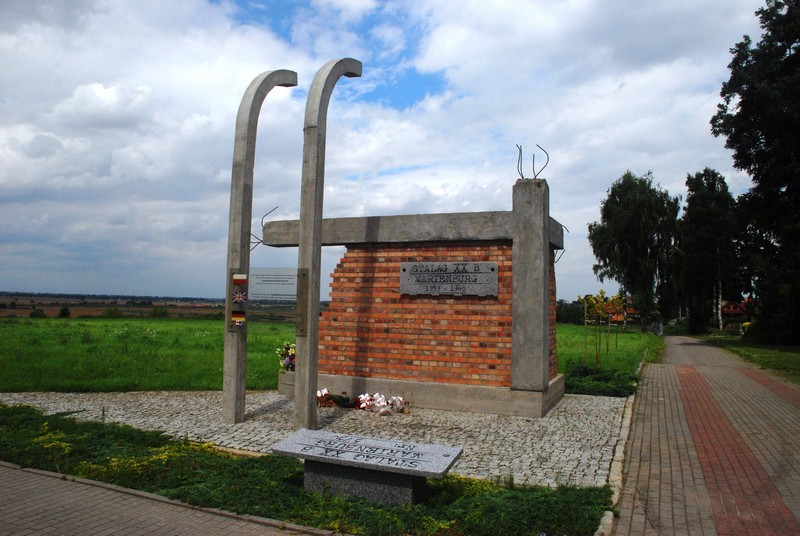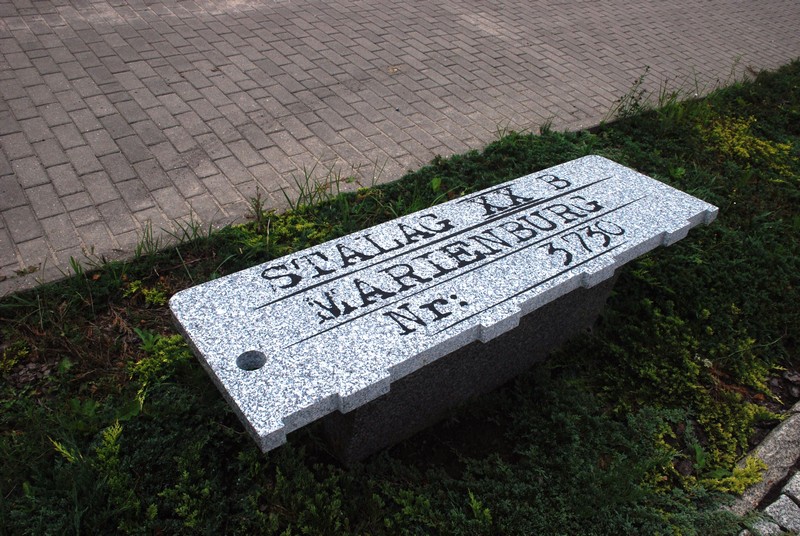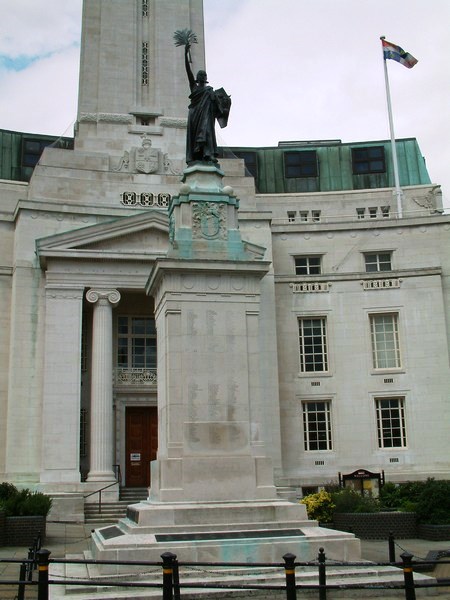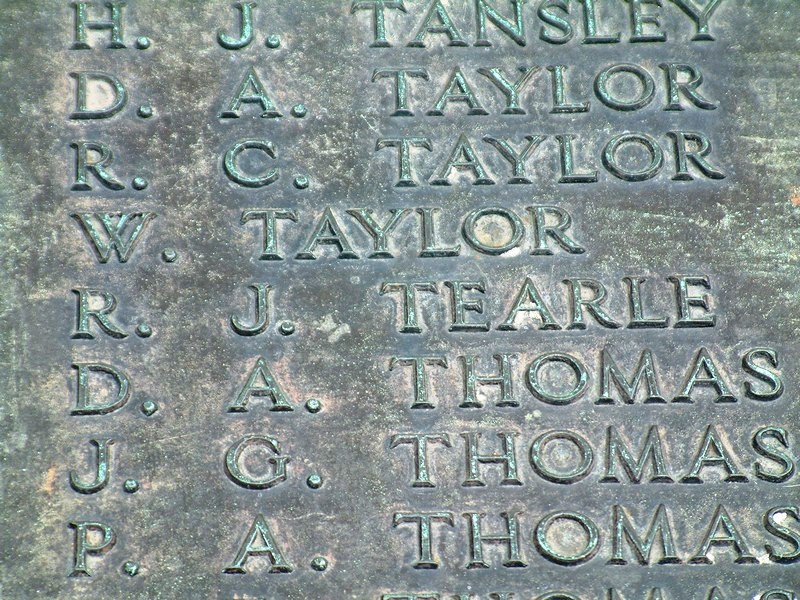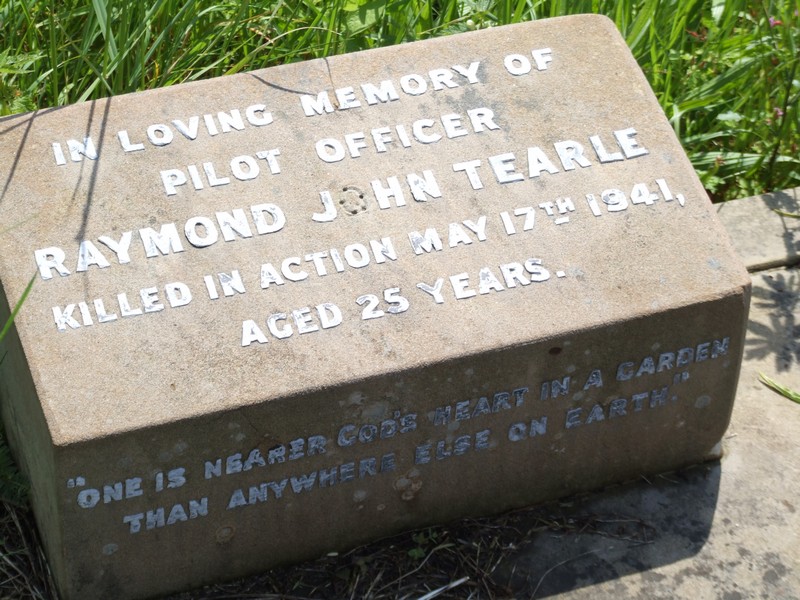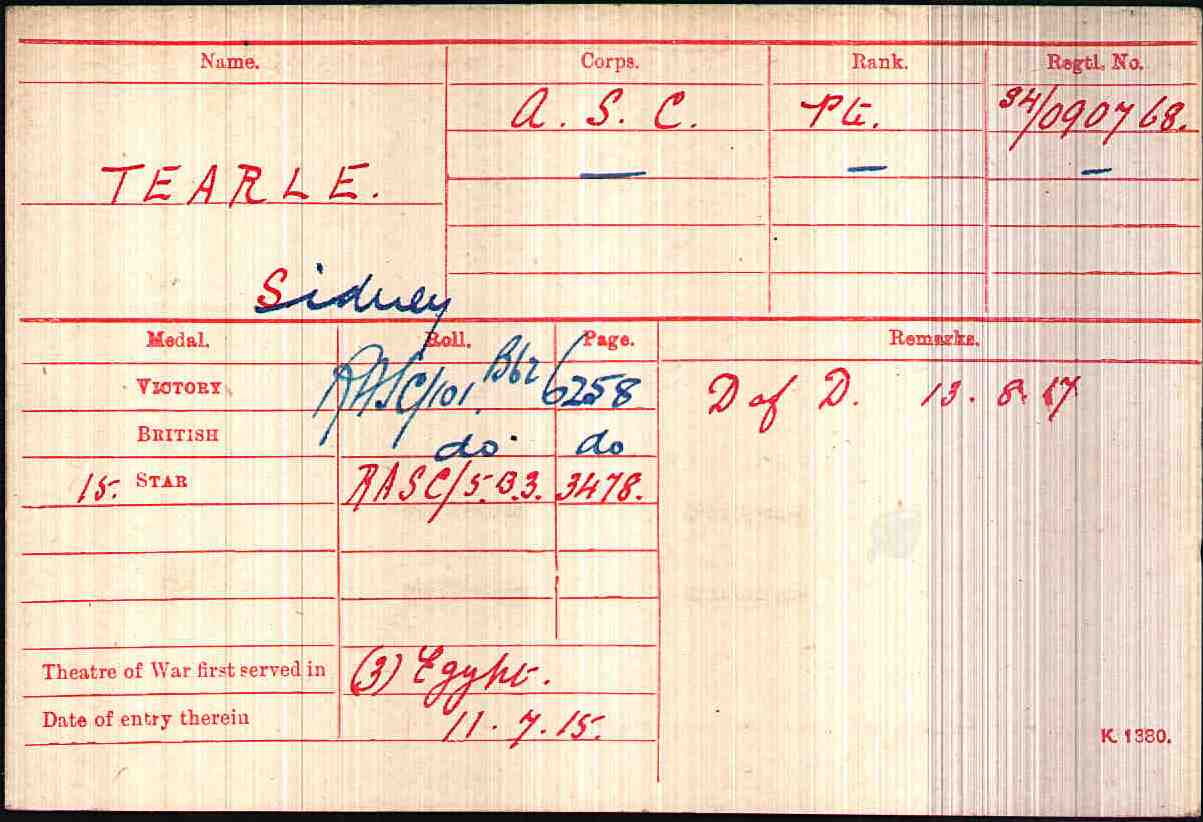I first came across Charles Tearle 1836 and Annie nee Eastment in the mid-1980s while I was researching Tearles in the Family History Centre in Hamilton, NZ, run by the Mormans in a whitewashed brick building across the road from their impressive temple. Charles and Annie baptised several children in the Dunstable Methodist Circuit, one of whom was Charles 1863, their third child. Charles 1863 was, of course, the father of the man in the title of this piece. The parents of Charles 1836 were George Tearle 1809 from Wingfield and his cousin Elizabeth nee Tearle from Stanbridge. George’s parents were Richard 1778 and Mary nee Pestel, and Richard’s parents were Joseph 1737 and Phoebe nee Capp. Phoebe was a staunch Methodist, so I am not at all surprised to see Charles and Annie baptising children in the Methodist Church. You can walk from Stanbridge (where Joseph and Phoebe lived) to Dunstable; it would be five miles at the most. In 1848 a railway branch line from Stanbridge to Dunstable was opened, so for a few pennies on third class, you would not have to walk.
In the 1881 census, Charles 1863 was at home in Dunstable working at his trade as a boot clicker with his painter/glazier father and bonnet sewer mother, but with the railway so close, and London calling, Charles moved to Southwark, on the other side of the Thames from the City, where he married Louisa Caroline Green in the now-demolished church of Newington All Saints just three years later.

Charles 1863 marriage to Louisa Caroline Green in Newington All Saints, Surrey Square, Walworth, 1884.
A boot clicker is a skilled trade, which made the uppers for shoes and boots. The tradesman was responsible for getting the most possible from a length of material for using in shoes. Charles would have worked in a factory in Dunstable, and found out about the trade and how it worked in London. He would have spent a bob or two on a train ticket, and half a day later he would be knocking on the door of a London bootmaker – in the expectation of receiving better pay, presumably. This was not heaven, though; Walworth and Southwark were huge slums populated exclusively by the poor. Life would have been pretty tough going – imagine the din of steel horseshoes and steel wagon wheels echoing from the walls of brick cottages that lined narrow cobbled streets, the pungent smell of horse manure and human waste left to cure in the open, the bitter taste of coal smoke, the choking acid fog, and the swirling winds carrying sand and dust with great precision directly into your eyes. However it was for Charles and Louisa in particular, Charles’ sister Charlotte came to the wedding to see him off, and he and Louisa’s first child was Charles Ernest Walter Tearle, born on 25 February 1885 in 153 Trafalgar St, Walworth.
In the 1901 census, Charles E W was 16yrs old and already at work, in Barking, Essex, as a cropper in the “printing trade.”
He married Frances Catherine Stewart on 1 Oct 1910 in Edmonton, Essex. In the 1911 census he was a “Printers machine minder.” He was 26yrs old. In 1914 he was 29yrs old, and he chose to join the army; the Norfolk Regiment no less, but only, I suspect, because they got to him before any of the London regiments did.
There are only two documents in existence that tell the story of Charles’ military life. I think the most telling one is the record of his Silver War Badge.
You can see he wasted no time signing up for war – he enlisted on 19 Dec 1914 and received the Norfolk Regiment number 21622. He definitely served overseas, for long enough, and well enough to be promoted to a full corporal, and somehow, somewhere, he picked up a sickness so bad he was discharged with a Para 392 “Not fit enough to be an effective soldier.” That is why he received a Silver War Badge; he could go home, wear his Silver Badge on his civilian clothes and demonstrate that he had done as much for his country as the British Army could wish.
The next document does not help to explain anything about Charles’ war. What it does do, though, is to confirm that Charles E Tearle, above, is definitely Charles E W Tearle. The fact that he is in the Norfolk Regiment, and he has the number 21622 in both documents, is unbreakable evidence.
He has been awarded only the British Medal for service, so it is likely that he spent much of his time in the army somewhere in the UK, possibly Ireland, which was considered Home in 1914, so it did not count for pension or service. There is no Theatre of War here, so it is difficult to square with his Silver War Badge card saying that he did serve overseas. This is all very enigmatic, so I shall leave off looking at it pending the receipt of other documentation that will illuminate it. I now have a couple of pictures that will help to illustrate the man; my thanks to Paul Ailey.
I am sure he is young in the first photograph above, probably under 20yrs, and in the second photograph he is in the army, aged somewhere between 29 and 34yrs old, obviously on the younger side because he is a lance corporal here, and he left the army a full corporal, with two stripes.
Charles’ son, Charles Francis Stewart Tearle 1912, Edmonton, joined the navy to fight in WW2. His story is told elsewhere on this site.

